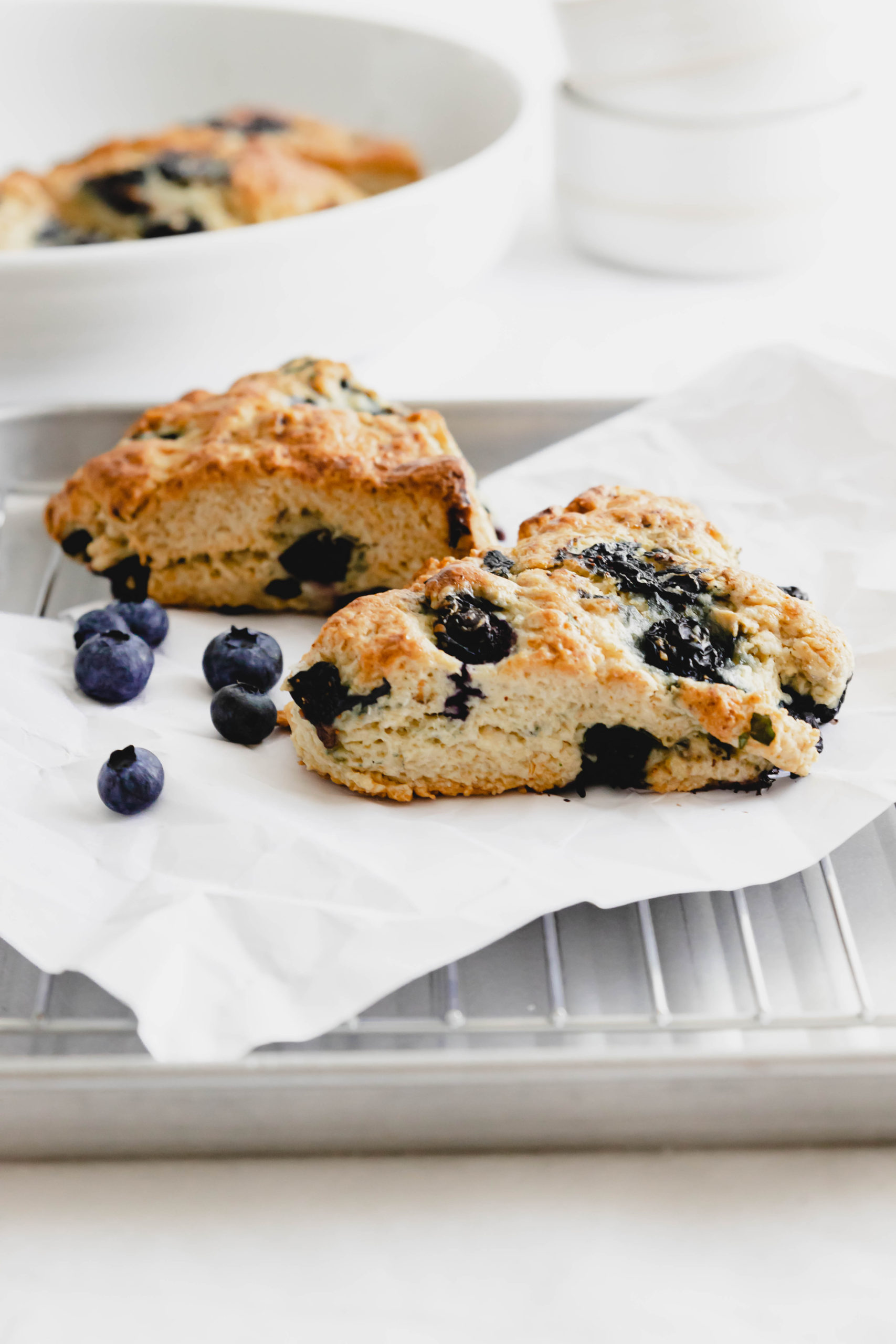
It’s no secret, I love scones. And I especially love creating a new variation of a scone. These Easy Lemon Blueberry Scone Recipe are the perfect summer bake bursting with flavour. This simple scone recipe is my favorite scone to enjoy during the blueberry season.
If you are looking for other scone recipes, try these
What is the difference between biscuits and scones?
Biscuits and scones are both popular baked goods, but they have a few key differences:
- Ingredients: Biscuits typically contain flour, baking powder, salt, butter, milk or buttermilk. Scones, on the other hand, usually have flour, baking powder, sugar, salt, butter, and heavy cream or buttermilk. Scones often have additional ingredients like dried fruits, nuts, or flavourings.
- Texture: Biscuits are known for their flaky, tender texture. They are typically light and airy, with layers that separate when bitten into. Scones, on the other hand, have a denser and crumbly texture. They are often slightly dry and have a bit of a crumbly or “short” texture.
- Sweetness: Biscuits are typically considered savoury and are commonly served as a side dish or used as a base for dishes like biscuits and gravy. They are usually not sweetened, although variations with added sugar or honey do exist. Scones, on the other hand, are generally sweetened and can be served with clotted cream, jam, or other sweet toppings.
- Shape and Size: Biscuits are typically round and flat, with a flatter top and bottom. They are often cut out from the dough using a biscuit cutter or a glass. Scones, on the other hand, are often triangular or wedge-shaped. They are typically formed into a round disc and cut into wedges before baking.
- Serving: Biscuits are commonly served as a side dish or as a component in dishes like breakfast sandwiches or chicken and biscuits. They are often eaten warm or at room temperature. Scones, on the other hand, are usually enjoyed as a standalone treat or served with tea or coffee. They are often served slightly warm or at room temperature and can be enjoyed any time of the day.
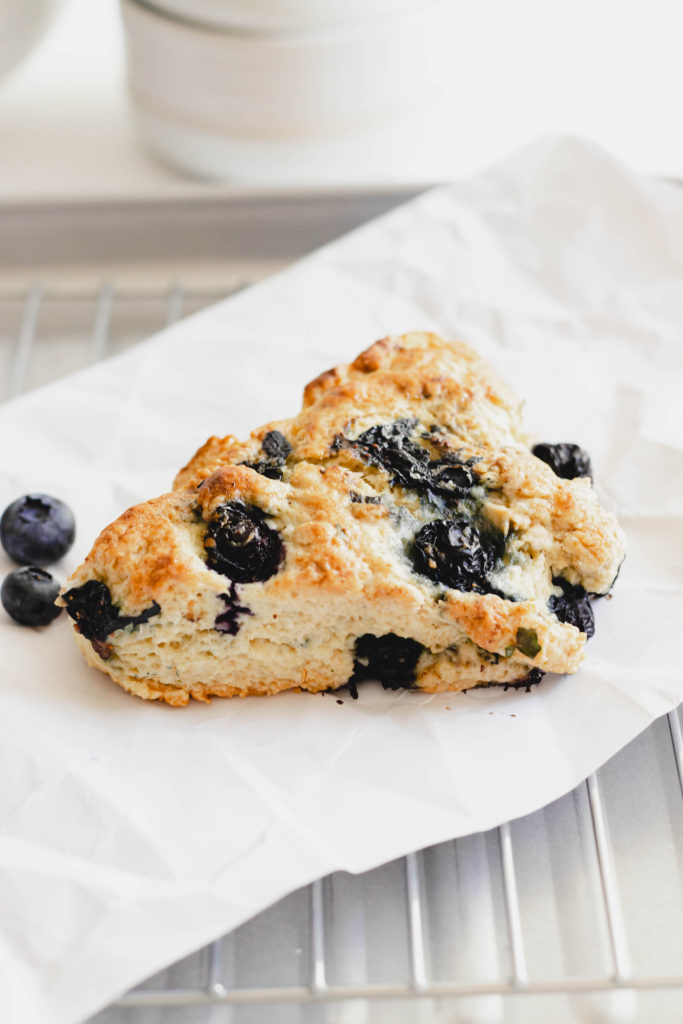
Recipe Tips for the Best Scones
Making homemade scones are ridiculously easy to make, even for someone who doesn’t bake frequently. But, there are some easy tricks to ensure your scones come out perfect every time. Here are some recipe tips to help you achieve the best scones:
- Keep ingredients cold: Ensure that your butter and any other dairy ingredients, such as cream or buttermilk, are cold. Cold ingredients like cold cubed butter help create a flaky and tender texture in the scones. You can even chill the flour before using it or even use frozen butter to keep everything colder. If time permits, allow unbaked scones to chill for at least 30 minutes before baking.
- Use a light touch: When mixing the dough, be gentle and avoid overmixing. Overworking the dough can result in tough scones. Mix the ingredients just until they come together and form a cohesive dough using a wooden spoon.
- Don’t forget the leavening agents: Scones typically rely on baking powder or a combination of baking powder and baking soda for leavening. Make sure your leavening agents are fresh and active to ensure that the scones rise properly.
- Add flavour and texture: Enhance the flavour and texture of your scones by incorporating various add-ins. Consider adding citrus zest, a crust of sugar, dried fruits, nuts, chocolate chips, or spices like cinnamon or nutmeg. These additions can give your scones an extra layer of deliciousness.
- Shape with care: When shaping the scone dough, handle it gently. Pat it into a round disc or rectangle, and avoid using a rolling pin. Overworking the dough during shaping can lead to dense and tough scones.
- Use the right tools: A sharp biscuit cutter or round cookie cutter is ideal for cutting out scones. Dip the cutter into flour before each cut to prevent sticking and maintain clean edges. Avoid twisting the cutter when cutting the dough, as it can hinder the rise of the scones.
- Give them space: When placing the scones on the baking sheet, leave a bit of space between them. This allows for proper air circulation during baking and prevents them from sticking together.
- Brush with an egg wash: Before baking, brush the tops of the scones with an egg wash (a beaten egg or egg mixed with a little milk or cream). This will give them a beautiful golden colour and a shiny appearance.
- Bake at the right temperature: Preheat your oven to the correct temperature specified in the recipe. This ensures even baking and proper rise of the scones. Monitor the baking time closely to avoid over-baking, as it can result in dry scones.
- Enjoy them fresh: Scones are best enjoyed fresh from the oven or on the same day they are baked. If you have leftovers, store them in an airtight container at room temperature and reheat briefly before serving.
By following these tips, you’ll be well on your way to making the best scones—flaky, flavorful, and absolutely delightful!
What should I serve with scones?
Scones are versatile treats that can be enjoyed in various ways. Not only for afternoon tea, here are some suggestions for what to serve with scones:
- Clotted Cream: One of the classic accompaniments to scones is clotted cream. This thick and creamy dairy product adds a luxurious richness to scones. Spread a dollop of clotted cream on a split scone, followed by your choice of jam or preserves.
- Jam or Preserves: Scones pair wonderfully with a variety of jams or preserves. Popular choices include strawberry spread, raspberry, blackberry, or apricot. Spread a generous amount of your favourite jam on a freshly baked scone for a burst of fruity sweetness.
- Lemon Curd: If you’re a fan of tangy flavours, consider serving scones with lemon curd. The zesty and tart lemon curd complements the slightly sweet scone perfectly. Spread a layer of lemon curd over the scone for a delightful citrusy twist.
- Honey or Maple Syrup: For a natural and subtly sweet option, drizzle some honey or maple syrup over the scones. This adds a touch of sweetness and a hint of floral or earthy flavours, depending on your choice of sweetener.
- Butter: A simple and classic option is to serve scones with butter. Spread a pat of butter on a warm scone to add richness and a creamy texture. You can also experiment with flavoured butter, such as honey butter or cinnamon butter, for an extra touch of flavour.
- Fresh Fruits: Scones can be enjoyed alongside fresh fruits for a refreshing and light accompaniment. Serve a plate of sliced strawberries, raspberries, or other seasonal fruits alongside your scones for a burst of freshness.
- Tea or Coffee: Scones are often enjoyed as part of a tea or coffee break. Pair your scones with a hot cup of your favourite tea or freshly brewed coffee to complete the experience.
Remember, the choice of accompaniment ultimately depends on your personal preferences. Feel free to mix and match different options to find your perfect combination.
Why you’ll love this easy blueberry scone recipe…
These Blueberry, Lemon and Basil Scones are a delightful combination of fresh fruit and savoury flavours, filled with juicy blueberries.
These fruity warm scones are a wonderful addition to a brunch menu, and pair perfectly with a hot cup of coffee. Trust me, they are way better than those dry scones you can pick up at grocery stores. I think my obsession with making scones started when I realized how easy they are to make and how delish freshly baked scones are, especially right out of the oven.
The fresh basil pairs perfectly with the bright lemon zest, giving these scones the best flavor. The best part, you can even top these tender scones with a dreamy lemon glaze. You can find the full recipe for the sweet lemon glaze further down in this post.
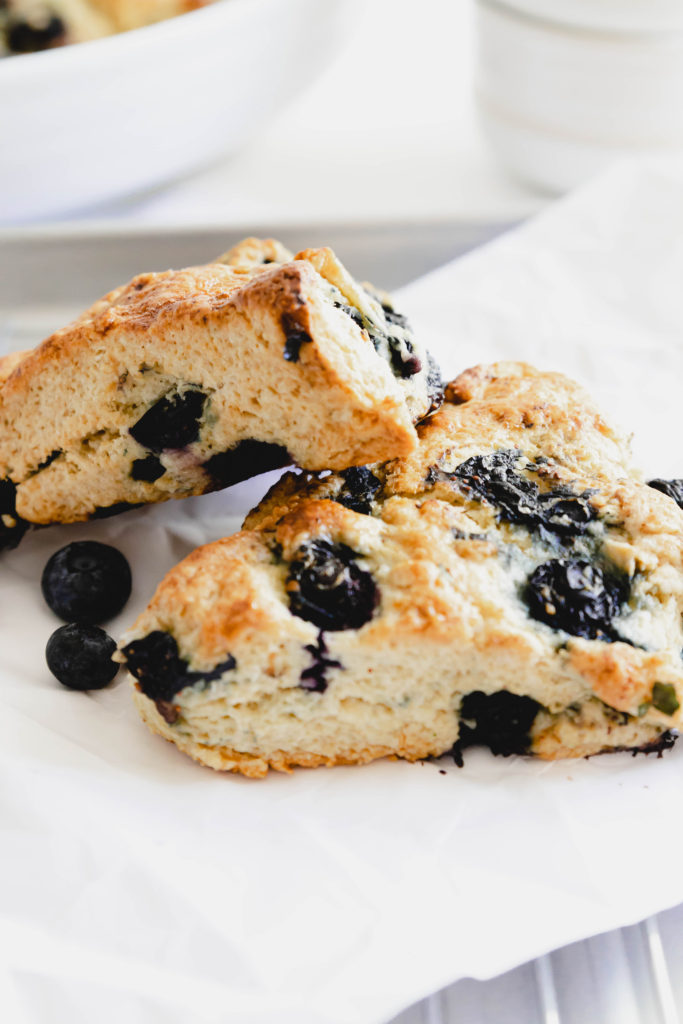
What you’ll need to make these Blueberry Lemon Scones
- 2 + 3/4 cups of all purpose flour
- 2 teaspoons baking powder
- 1/2 tsp of baking soda
- 1/2 tsp of salt
- 1/2 cup of granulated sugar
- 4 oz of cold butter, cut into smaller pieces
- 1 egg, at room temperature
- 2 tbsp of heavy cream
- 1/2 cup of milk (I used almond milk)
- 1 tbsp of vanilla extract
- 1 tablespoon fresh lemon zest
- 1 1/2 cup fresh blueberries, you can also used frozen blueberries
- 1/3 cup of fresh basil leaves, chopped
How to Make Blueberry Scones
- Preheat your oven to 400 F and line a cookie sheet or sheet pan with parchment paper or a baking mat.
- In a large bowl; combine flour, baking powder, baking soda, salt and sugar. Mix to combine all the ingredients.
- Cut your butter into small chunks and then using your hands, work it into the dry ingredients.
- Add the egg, milk and cream to the center of the flour mixture. Use a fork or spoon to mix the wet ingredients until the egg mixture is fully incorporated.
- Chop your fresh basil and add to your mixing bowl. Either using your hands, pastry blender or rubber spatula, fold in the blueberries and continue to fold until well mixed.
- On a lightly floured surface, roll out the scone dough into an 8-inch circle. Cut the circle with a pastry cutter or sharp knife into 8 slices and transfer onto the prepared baking sheet.
- Lightly brush scones with some of the heavy cream.
- Place the lined baking sheet in the oven and bake scones for about 20 minutes, or until edges start to turn golden brown. If your scones are on the thicker side, adjust the baking time with an additional 3-4 minutes.
Tips for adding berries to scones
When adding berries to scones, such as this blueberry scones recipe, here are some tips to ensure the best results:
- Use fresh or frozen berries: Fresh berries are a great option when they are in season, as they tend to have the best flavour and texture. If fresh berries are not available or out of season, frozen berries can be used. However, keep in mind that frozen berries might release more moisture into the dough, potentially affecting the texture slightly.
- Coat the berries with flour: Before incorporating the berries into the scone dough, toss them in a small amount of flour. This helps prevent the berries from sinking to the bottom of the scones while baking and distributes them more evenly throughout the dough.
- Fold the berries gently: When adding the floured berries to the scone dough, be gentle and fold them in using a spatula or your hands. Overmixing can crush the berries and result in a blue or purple tint to the dough.
- Consider partially crushing some berries: For added bursts of flavour, you can partially crush a few berries and fold them into the dough along with the whole berries. This creates a more intense berry flavour and a marbled appearance in the scones.
- Chill the dough before baking: After shaping the scone dough, place it in the refrigerator for about 15-20 minutes before baking. Chilling the dough helps firm up the butter and berries, resulting in better-defined scone shapes and reduced spreading during baking.
- Adjust baking time if using frozen berries: If you’re using frozen berries, keep in mind that they may increase the overall moisture content in the dough. This can affect the baking time, so be prepared to extend the baking time by a few minutes if needed.
By following these tips, you can successfully incorporate berries into your scones, ensuring a delicious burst of fruity flavour in every bite.
How to Store Blueberry Scones
To store blueberry lemon scones and keep them fresh for longer, follow these steps:
- Allow the scones to cool completely: Let the scones cool on a wire rack until they reach room temperature. This will prevent condensation from forming inside the storage container.
- Wrap the scones tightly: Individually wrap each scone in plastic wrap or place them in an airtight container. This helps maintain their moisture and prevent them from drying out.
- Use an airtight container: If you’re storing multiple scones, place them in airtight containers or sealable plastic bags. Make sure the containers are properly sealed to prevent air from entering.
- Store at room temperature or freeze: If you plan to consume the scones within a day or two, store them at room temperature in a cool, dry place. However, if you want to store them for longer, you can freeze them. Place the wrapped scones in a freezer-safe bag or container and store them in the freezer.
- Thawing frozen scones: When you’re ready to enjoy the frozen scones, remove them from the freezer and let them thaw at room temperature. If desired, you can reheat them in a preheated oven at 350°F (175°C) for a few minutes until they are warm and crisp.
Stored properly, blueberry lemon scones can last for up to 2-3 days at room temperature or up to 1-2 months in the freezer. Remember to always check the scones for freshness before consuming.
FAQ’s & Variations…
- For an extra lemony flavour, add in fresh lemon juice from 1/2 of a lemon.
- To add an extra touch of sweetness, top each scone with coarse sugar before baking!
- Make it cheesy by adding 1/2 cup of crumbled goat cheese to the scone batter.
- Want to add a glaze to your scones? These are fantastic with a simple glaze, lime a sour cream lemon glaze!
Optional Lemon Glaze: Easy Recipe
Here’s a simple lemon glaze recipe that pairs perfectly with this blueberry scones recipe:
Ingredients for the simple Lemon Glaze:
- 1 cup powdered sugar
- 2 tablespoons fresh lemon juice
- 1 teaspoon lemon zest (optional)
Instructions for the simple Lemon Glaze:
- In a medium-sized bowl, sift the powdered sugar to remove any lumps.
- Gradually add the fresh lemon juice to the powdered sugar, stirring continuously.
- Continue to mix until you achieve a smooth and pourable consistency. If the glaze is too thick, add more lemon juice, a teaspoon at a time, until desired consistency is reached.
- If desired, stir in the lemon zest to enhance the lemon flavour of the glaze.
- Once your scones or baked goods have cooled slightly, drizzle the lemon glaze over the top using a spoon or a small piping bag.
- Allow the glaze to set for a few minutes before serving. The glaze will slightly harden as it sets.
Note: Adjust the consistency of the glaze to your preference by adding more powdered sugar for a thicker glaze or more lemon juice for a thinner glaze.
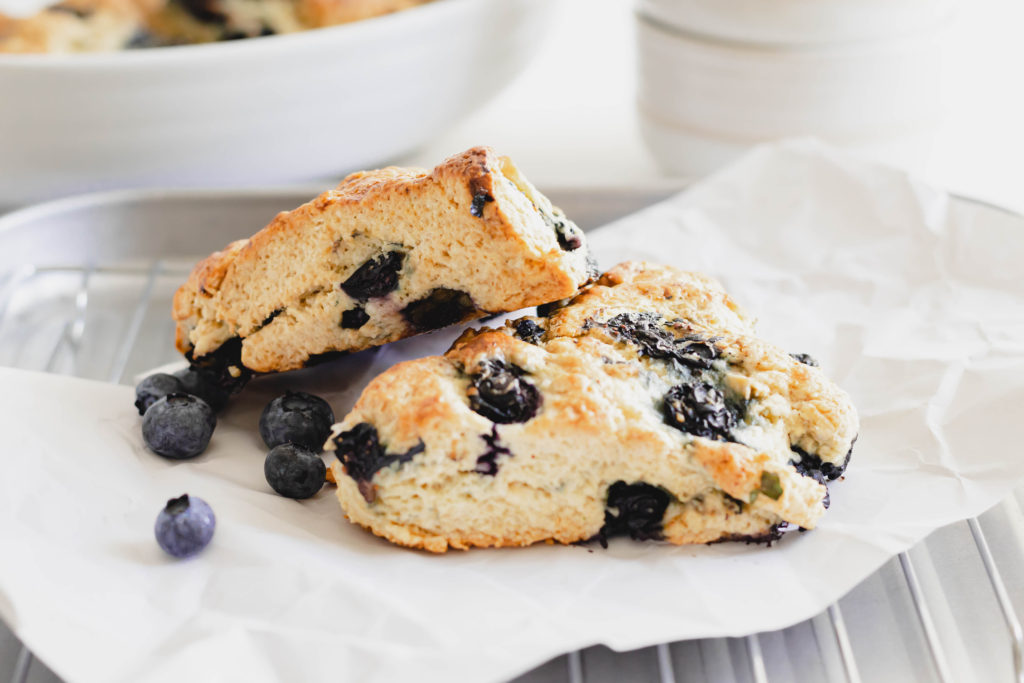

Christopher is a food and lifestyle expert, recipe developer and the content creator behind May Eighty Five. With years of experience in the kitchen, he also shares tips, tricks and how to’s that he has learnt over the years. Every week, he shares quick, simple and mostly healthy recipes along with some home and entertaining tips. You will find flavorful cocktails, delicious appetizers, tasty mains and some indulgent desserts. As a home decor enthusiast, he also likes to share simple DIY projects and simple tips for a beautiful home.


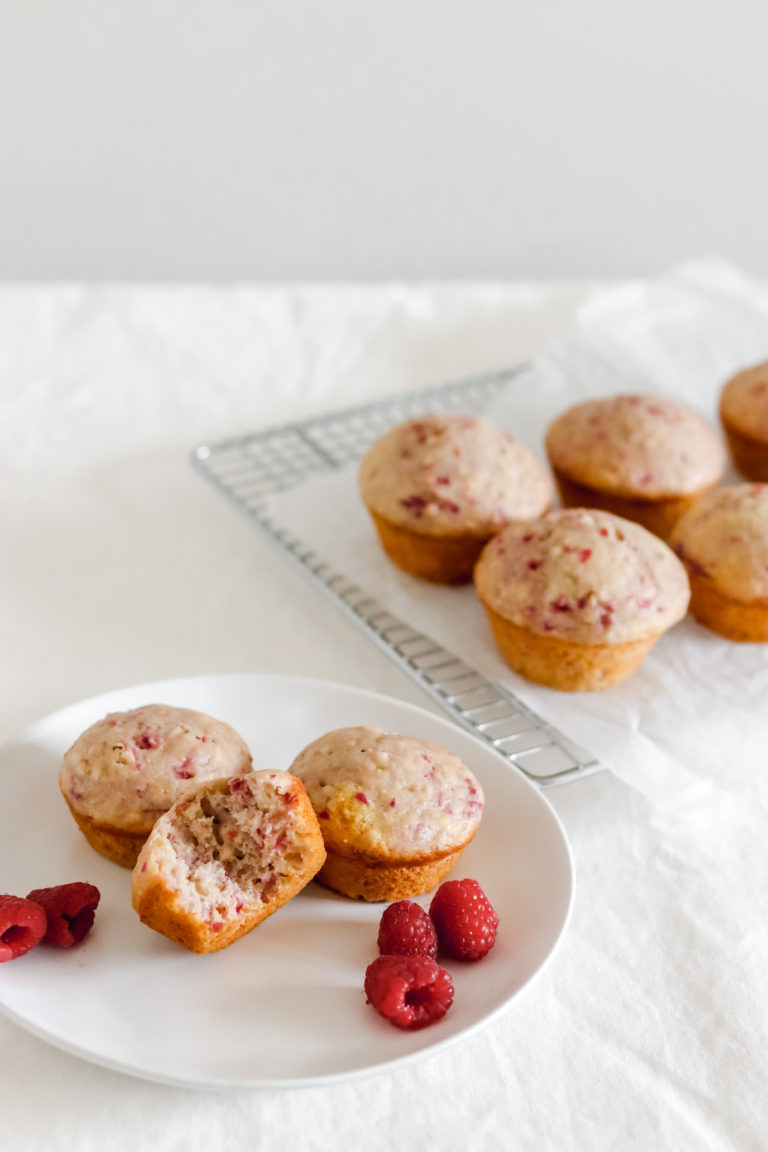
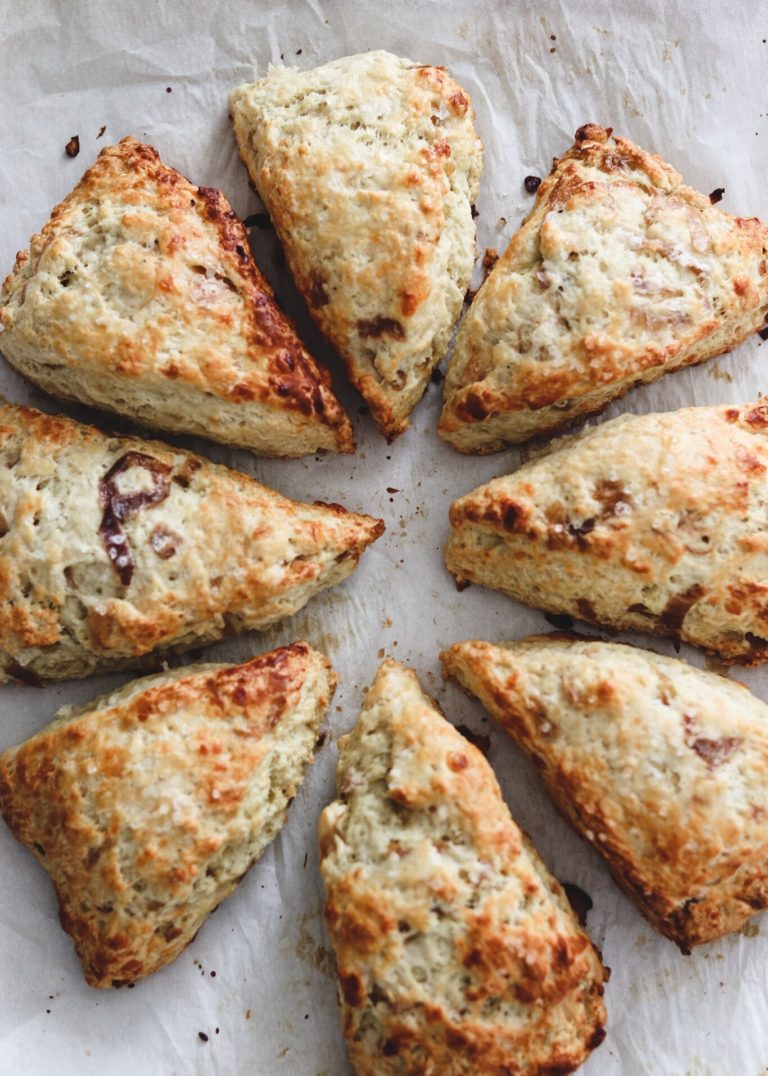
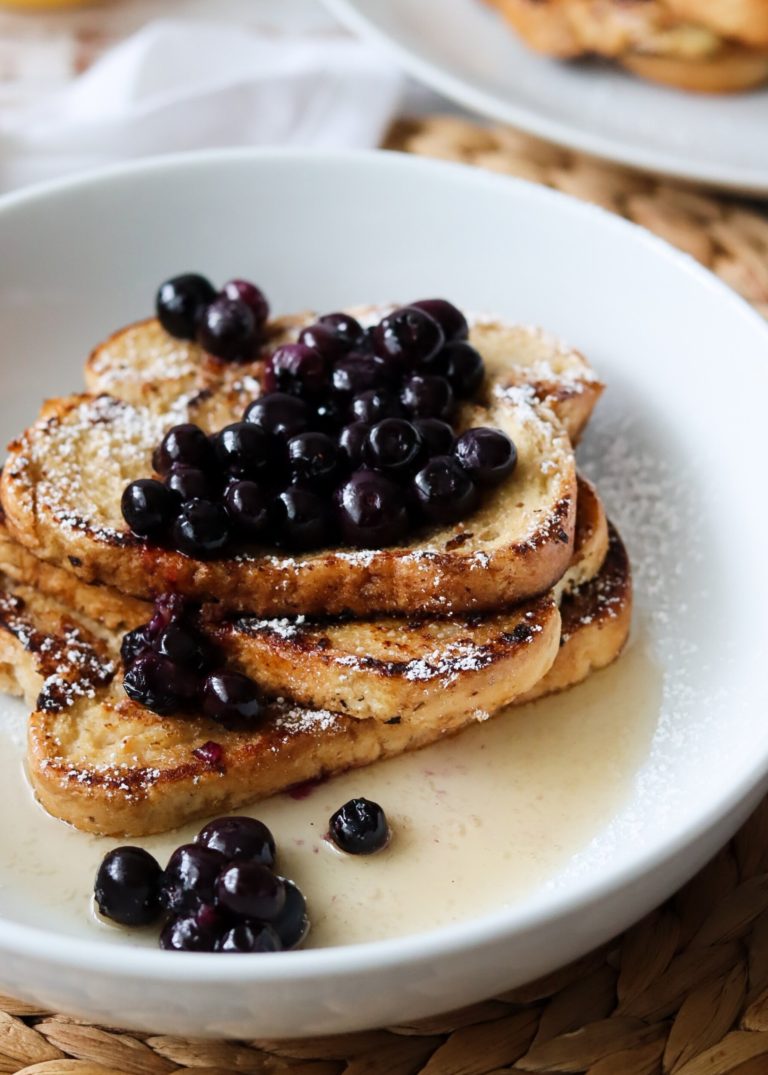
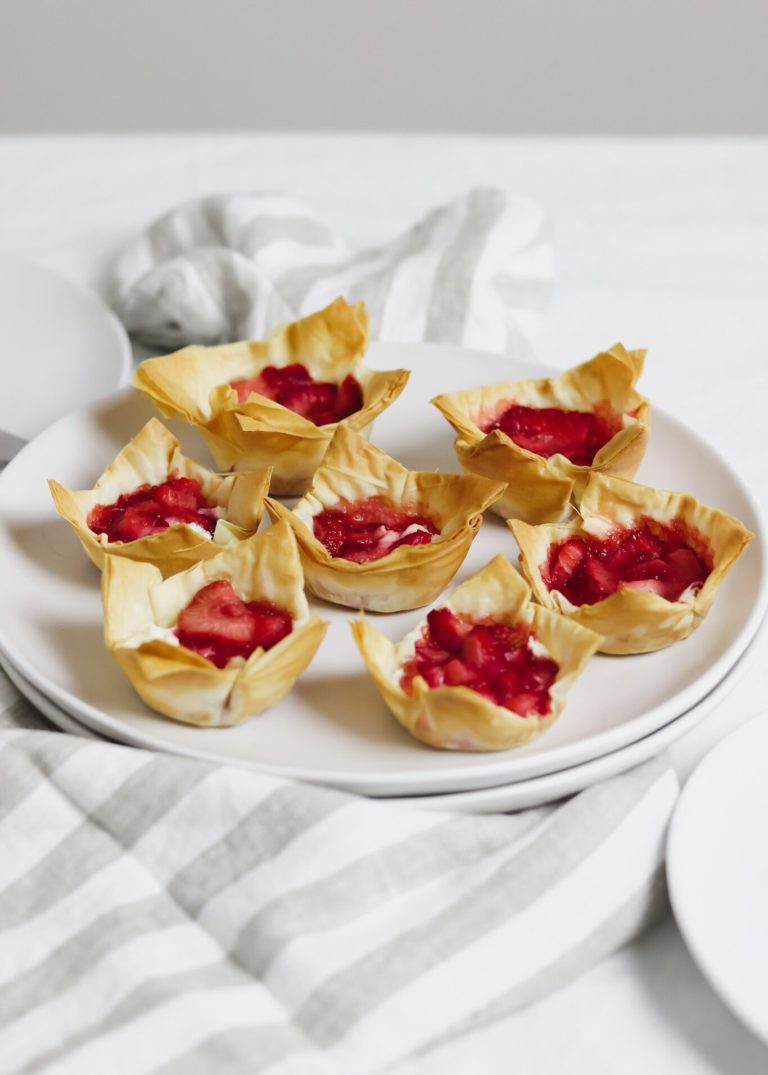
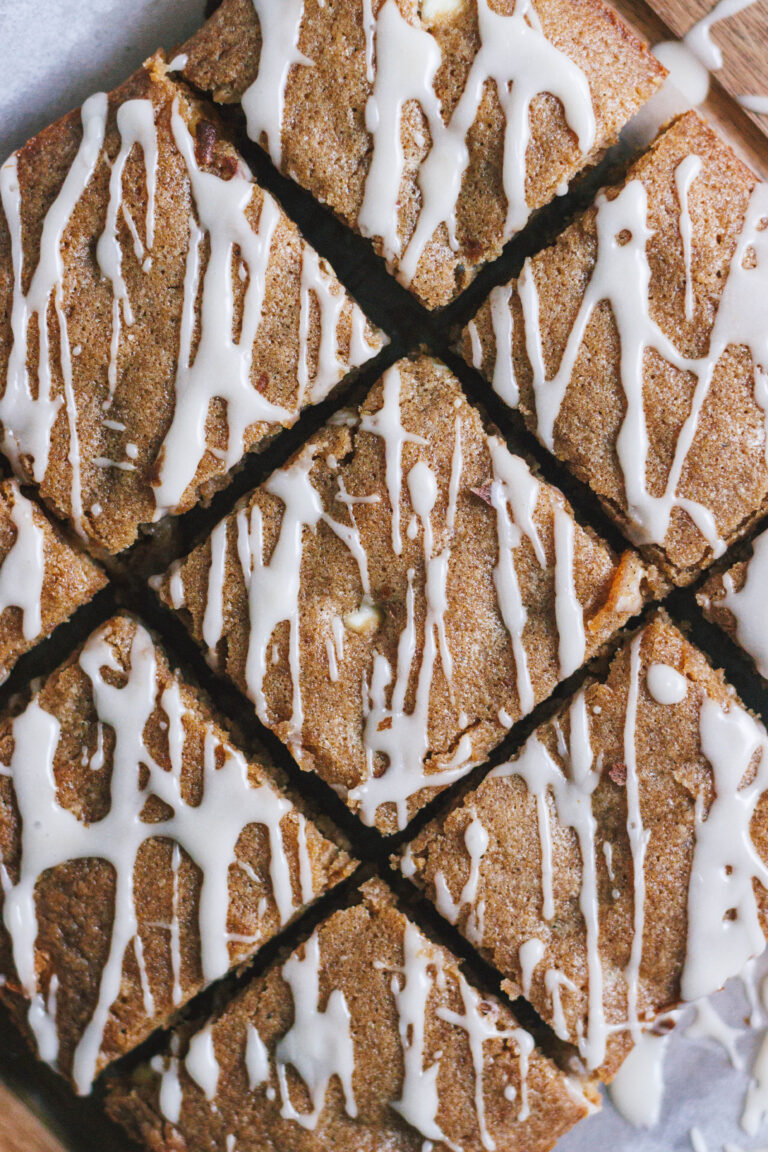
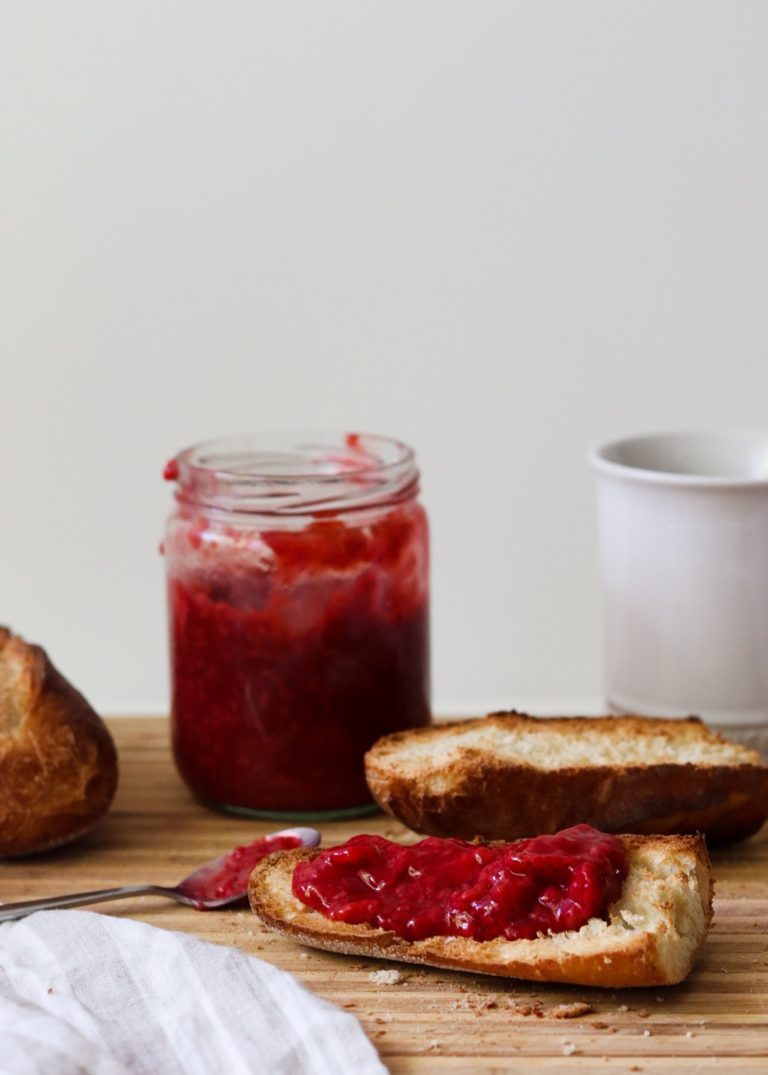
Thank you for another yummy recipe! We enjoyed this one as well!
Excellent! So buttery
I’ve made these twice now! So good!
My new favourite!
Always love your scone recipes
My spouse and I stumbled over here coming from a different
web page and thought I might check things out. We love your website!
You’re right, these were pretty good. I used frozen bluberrys and it worked great!
Thank you for this! Very very good and easy recipe to follow.
These were really good. Don’t make scones very often but this recipe was pretty easy!
Very good. We loved these!
So unique with the basil in these. didn’t add as much as your said since I wasn’t sure…..but it was great. I’ll add the full amount next time.
Love all your scone recipes!
My new faves!
I didn’t chill them, but they were still good. Is it a necessary step?
Super good! Has me dreaming of summer!
Thank you, loved the lemon and basil combination
so easy to make. did let it rest as you suggested. Ill try it next time since I was in a rush.
Didn’t use the basil, but it was pretty good!
Lucky I found this recipe! Loved it and so easy to make.
Loved the basil in these scones. It was the perfect addition.